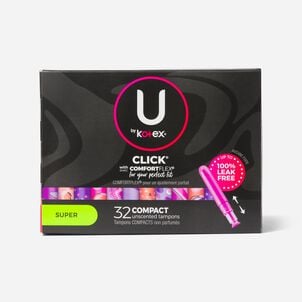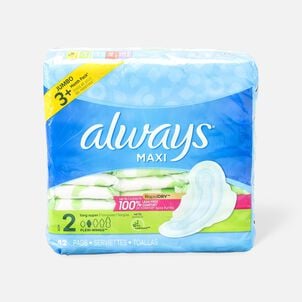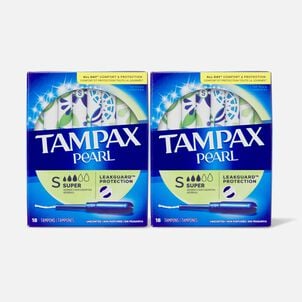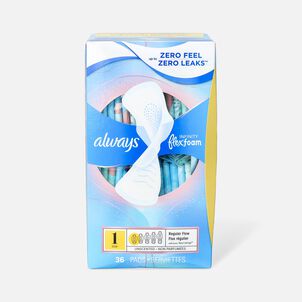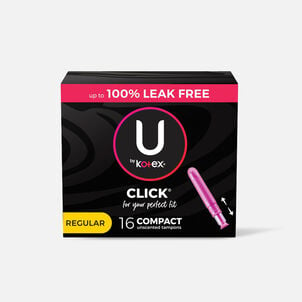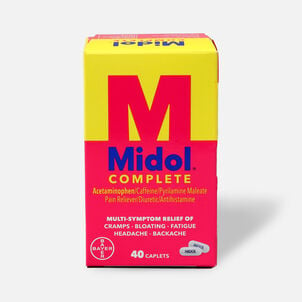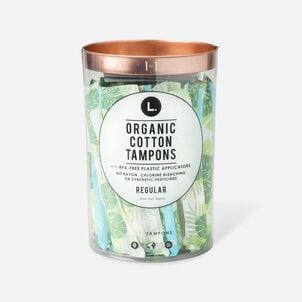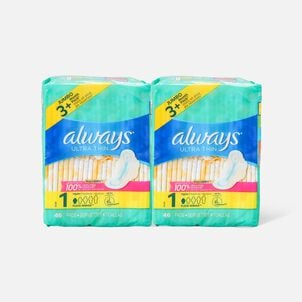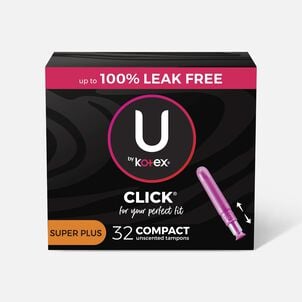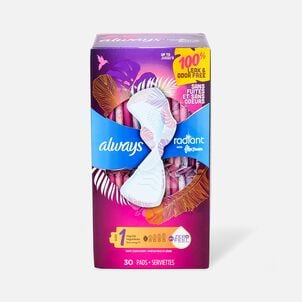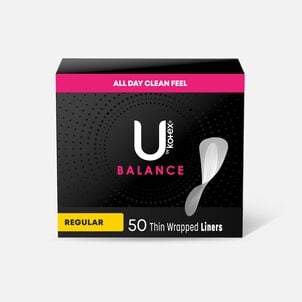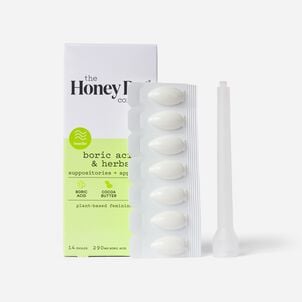The Complete HSA Eligibility List
Here it is — the most-comprehensive eligibility list available on the web. From A to Z, items and services deemed eligible for tax-free spending with your Flexible Spending Account (FSA), Health Savings Account (HSA), Health Reimbursement Arrangement (HRA) and more will be here, complete with details and requirements. Important Reminder: HSAs, FSAs, HRAs and other account types listed may not all be the same. Be sure to check with your administrator to confirm if something is eligible before making a purchase.
Here it is — the most-comprehensive eligibility list available on the web. From A to Z, items and services deemed eligible for tax-free spending with your Flexible Spending Account (FSA), Health Savings Account (HSA), Health Reimbursement Arrangement (HRA) and more will be here, complete with details and requirements. Important Reminder: FSAs, HRAs and other account types listed may not all be the same. Be sure to check with your administrator to confirm if something is eligible before making a purchase.
Yeast Infection Medications: HSA Eligibility
Yeast Infection Medications: eligible with a Health Savings Account (HSA)HSA Eligible Menstrual Care
What is a yeast infection?
Yeast is a fungus that normally lives inside the vagina in small numbers, and vaginal yeast infections are a common condition where there are too many yeast cells. According to the Mayo Clinic, 3 out of 4 women will experience a yeast infection at one point in their lives, and once you get a yeast infection once, you are more likely to get another one (Healthline).
What are some symptoms of yeast infections?
A yeast infection causes intense itching, soreness, swelling, and other irritations in the vagina. Some women will also have a thick, clumpy, odorless, and white discharge. In addition, one may experience pain or burning sensations when urinating or having sex.
What causes vaginal yeast infections?
The growth of the Candida genus of yeast naturally occurs and is kept in check by the lactobacillus bacteria. However, these bacteria cannot work effectively if there is some sort of imbalance in your system, leading to an overgrowth of yeast and causing the symptoms.
The imbalance that allows the overgrowth of yeast to happen can be due to a large number of things: antibiotics, pregnancy, uncontrolled diabetes, a weak immune system, poor eating habits like lots of sugary foods, hormonal imbalance near your menstrual cycle, stress and lack of sleep. Vaginal yeast infections can also be spread by sexual contact, but in general they aren't considered a sexually transmitted infection.
How are vaginal yeast infections treated?
Treatment for yeast infections is relatively simple, depending on how severe they are. If your symptoms are mild, you may want to wait to see if they clear up on their own over time. If the symptoms are more severe, you can use an antifungal cream, antifungal tablets you swallow, or a suppository that you put into your vagina. If you have more than four yeast infections in a year, see your doctor (Mayo Clinic).
How can I prevent vaginal yeast infections?
If you practice good genital hygiene, you can help prevent infection. Keep your vaginal area clean at all times, occasionally washing with mild, unscented soap and water. Wear cotton underwear to keep your genital area dry and make sure it doesn't hold in warmth and moisture.
 |
| 


